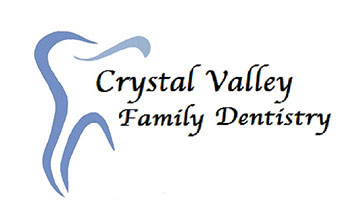
Cleft Lip and Cleft Palate
About one in every 700 newborns with be born with a cleft lip and palate. The lips and palate develop during the first trimester of pregnancy. In most cases, both a cleft lip and palate form simultaneously, but it is also common to be born with just one or the other.
As the face develops, the tissues and cells begin forming from the sides and move towards each other until eventually merging. A cleft lip occurs when both sides of the lip never meet, leaving an opening that can be small, or large enough that it goes to the nose. Similarly, a cleft palate occurs when both sides of the palate never get to merge. The result is an opening in the roof of the mouth.
Cleft deformities are categorized based on their position and severity.
- Unilateral Incomplete: A cleft on only one side of the mouth that does not extend as far as the nostril.
- Unilateral Complete: A cleft on only one side of the mouth that extends into the corresponding nostril.
- Bilateral Complete: Larger clefts affecting both sides of the mouth which each extends as far as the nostril.
- Microform Cleft: A mild form of cleft lip which may simply form a bump on the lip, or a small scar line extending toward the nostril.
Reasons for cleft correction
Cleft deformities are highly treatable by a team of specialists. Corrective treatment comes with many benefits, and there are risks to not getting them treated.
- Speech: Speech problems are a lot more likely to arise in children with cleft deformities. Problems like this can be bad for a child’s social and emotional development.
- Feeding: Babies who have a complete cleft lip will have trouble taking milk. Also, since the cleft may extend to the nostril, there is a possibility of milk getting into the nose. This can be dangerous.
- Hearing Loss & Frequent Ear Infections: Eustachian tubes (tubes connecting the throat to the ears) can be affected by a cleft palate. The cleft miss-positions the tubes and fluid can build up. This causes painful ear infections. Severe, prolonged, and repeated ear infections can lead to hearing loss.
- Dental Issues: Cleft lips and palates can cause the jaw, gums, and arch to have abnormalities.
What do cleft lip and cleft palate treatment involve?
In the first six months of life, surgery will be used to close the gaps. Unfortunately, this initial surgery does not fix the dental problems brought on by the cleft deformities. A dentist or other specialist can help determine the best course of action when the time is right.
Treatments such as implants can be used to fill spaces, and braces can be used to fix alignment.
We encourage you to contact us if your child was born with a cleft deformity.


